A Conversation on Finance and Creativity with Craft Finance and Film-maker Anthony Bila
Our way of working is changing quickly and dynamically. Today, and in the South African context, the gig-economy is set to become a significant driver of employment and economic activity — in fact, it already is. If you’re reading this, chances are you’re a freelancer in some way, or adjacent to friends and family who are. With the kind of freedom that this work style affords, gig-work makes up a sizable portion of our creative industry and this trend reflects a broader cultural movement toward valuing work-life balance, flexibility, and entrepreneurial spirit; all hallmarks of the gig economy’s appeal.
Craft is a financial management company that has identified this trend, and offers solutions to help gig-workers, freelancers and small businesses not have to go at it alone.
If you’re anything like me, my financial acumen hasn’t always been up to standard; managing tasks like invoicing, filing tax returns, and tracking spreadsheets is a daunting and tedious process—despite its vital role in maintaining financial health and ensuring professional success. For gig workers, freelancers, and small businesses, these responsibilities are often compounded by irregular income and a lack of traditional workplace support systems. However, with solutions like Craft, these challenges can actually become manageable. Craft’s tools are designed to take the hassle out of financial management and empower its community of users to stay organised, compliant, and financially informed.
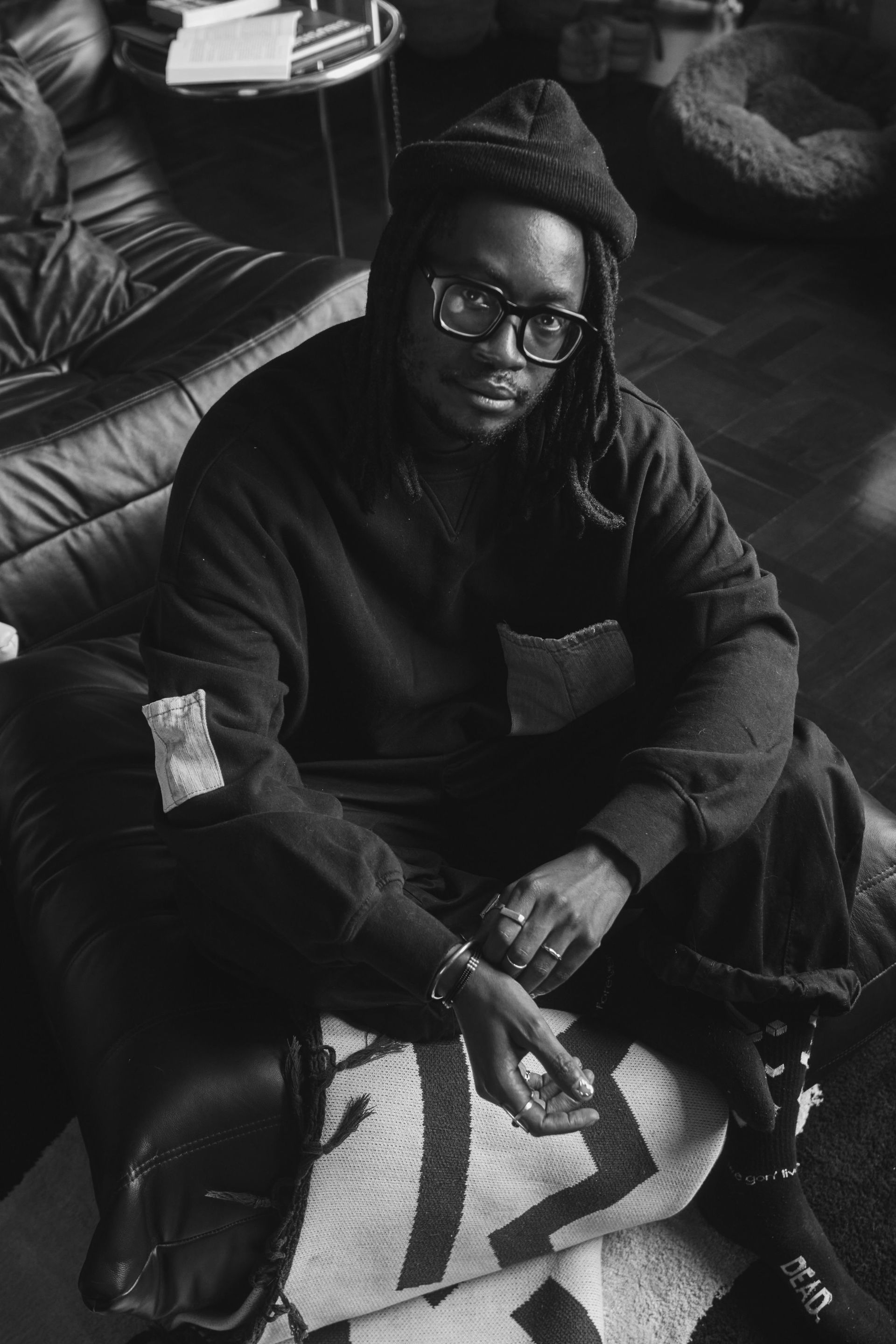
Portrait of Anthony Bila courtesy of Craft Financial
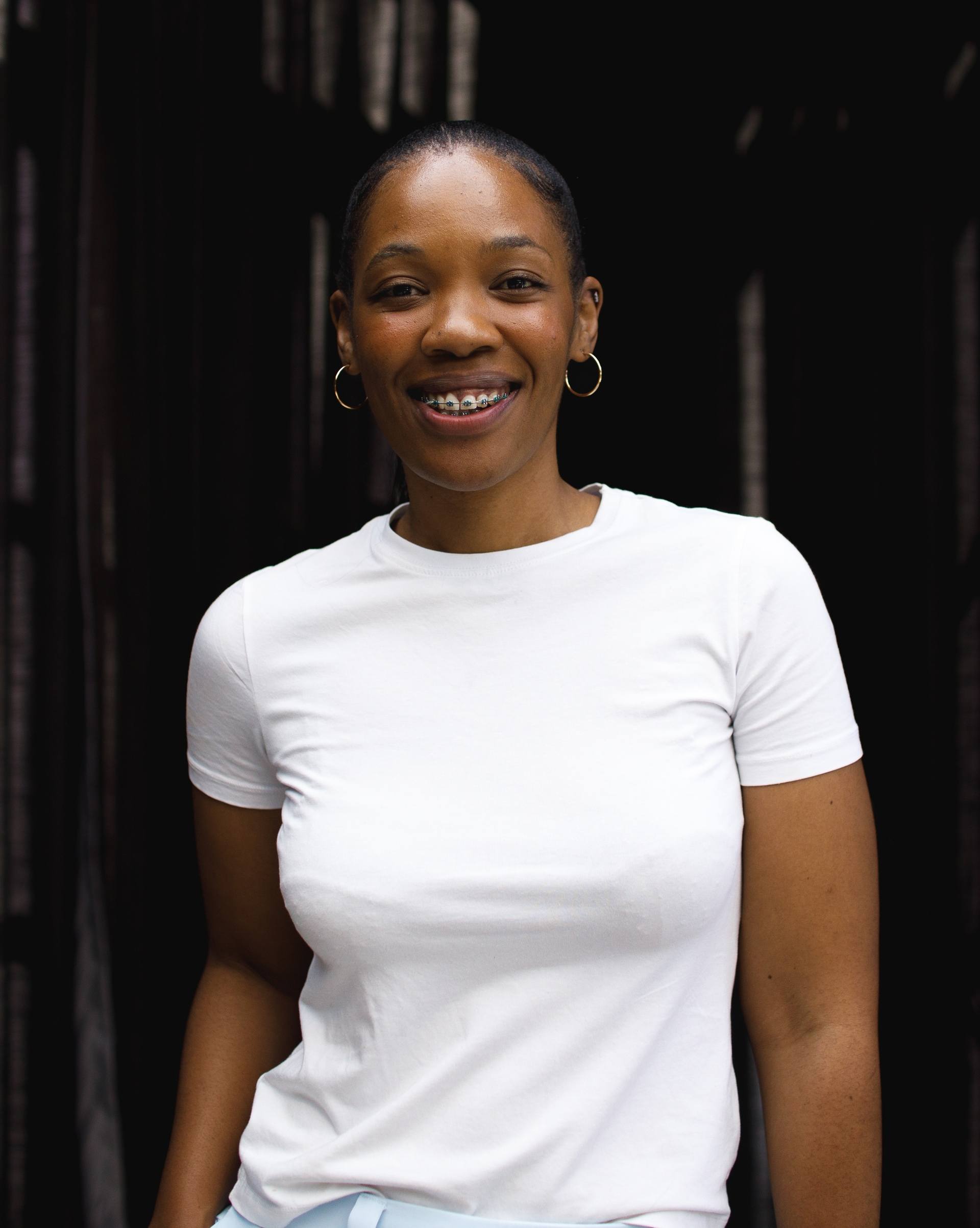
Portrait of Nonjabulo Zondi courtesy of Craft Financial
As Nonjabulo Zondi, the venture lead and founder for Craft, shares, “our platform allows you to generate quotes, convert those to invoices — send them out to customers — and you can use Craft to track when you receive payments, and then it starts to generate statements which can then really help you to see your business in its entirety from that perspective.”
As part of Craft’s efforts to recognise the value of bringing together gig-workers as a community, the brand has piloted a workshop series that offers audiences real-time guidance and advice from a host of some of South Africa’s leading creatives and wayshowers. As Nonjabulo notes, “Crafted Conversations really comes from our interest in helping creatives understand financial health and management. While we’re a platform, we’re also a conversation starter — so we want to share the nuances and experiences of other people who have already gone through the process of formalising their businesses more.”
Following its launch in September, the next Crafted Conversations workshop will take place on Saturday, November 30, 2024, from 11:30 – 16:00 at Mamakashaka and Friends in Johannesburg, and brings together a stellar lineup of innovators and storytellers.
Filmmaker and Maak ‘n Plan founder, Bathandwa Ngwendu AKA Gorgeous Bushman, will host and moderate the session as he guides the panel discussion – and joining him will be Anthony Bila, acclaimed visual artist and creative director, whose work bridges industries and continents, who will offer practical insights for freelancers. Mpho Phalane, chef and founder of Food, I Love You, will share her inspiring journey of resilience and community-building through cuisine, while The Nest Space, co-founded by Dr. Anesu Mbizvo and Banesa Tseki, will provide their perspective on creating inclusive, purpose-driven wellness spaces.
Anthony Bila’s journey demonstrates the perseverance and opportunities available in the gig economy. With a background working at agencies and as a freelancer, Anthony has worked his way up to becoming a full-time entrepreneur and creative business owner — and counts prominent brands such as Nike, Birkenstock, Mr Price, and Woolworths among his portfolio.
Anthony recalls his pivotal moment at 18 during matric: “I was approached by a guy from HDI to do a TV advert. Initially, I said no—until he told me it was a paid gig.” That experience on a professional TV set solidified his ambition, illuminating the possibilities for his creative instincts with a tangible career path. Over the years, Anthony has honed his craft, transitioning from the front of the camera to film, photography, creative direction, and building an illustrious career in visual arts and storytelling.
Initially studying radio production, Anthony discovered that the medium didn’t align with his vision — and sought a broader, more multidisciplinary approach route. With the internet booming, it was his discovery of Tumblr and picking up a camera that became his segue to his creative career. A turning point came when Mr Price discovered his Tumblr and offered to fly him out to Durban for a shoot. “I spent days on YouTube learning about lighting—it was a baptism of fire!” Anthony exclaims.
Anthony transitioned from agency roles to freelancing, saving enough to sustain himself for a year and a half, which led to the launch of Studio Bila. Four years ago, he partnered with Indie Village to merge his creative vision with their structured operations, and now Anthony is a full-time entrepreneur, incubating talent and creatives that come through his company.
For Anthony, being part of Crafted Conversations is about recognising the challenges of freelancing, as he emphasises the critical role of mentorship: “It’s tumultuous and tempestuous, and I didn’t want anyone I know to go through the same. It’s the responsibility of older creatives to make it easier for those who come after us.”
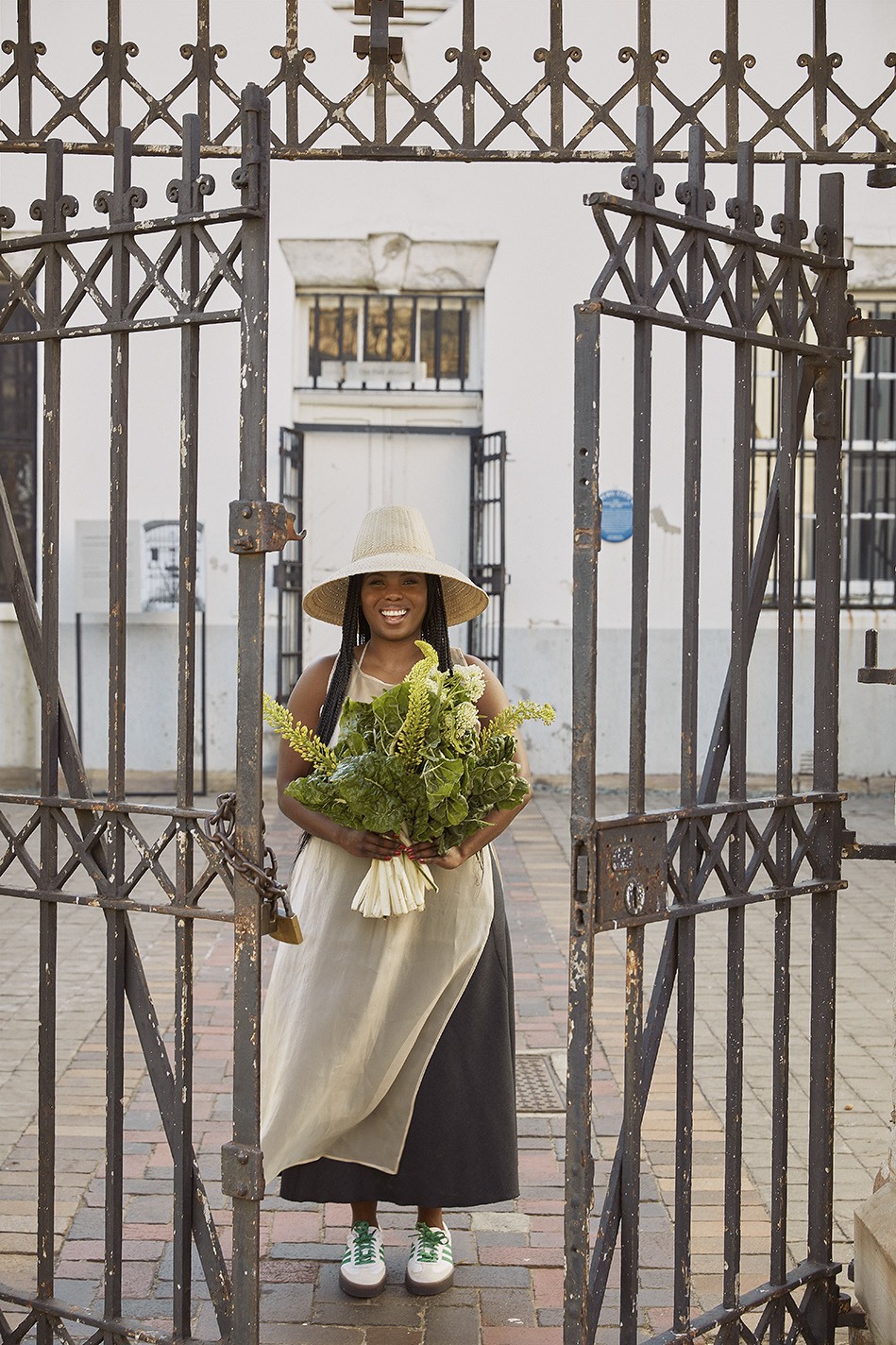
Portrait of Mpho courtesy of Craft Financial
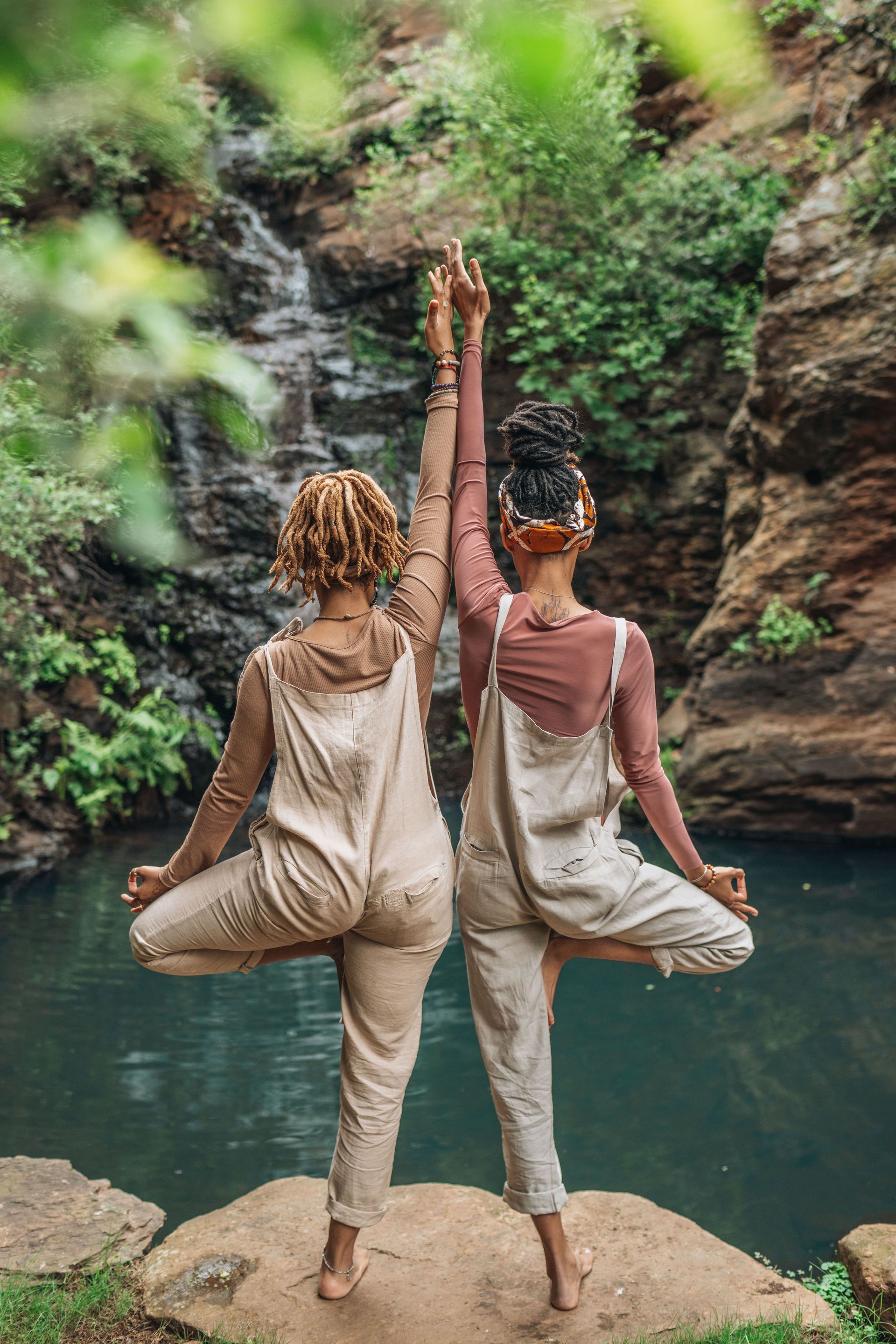
Portrait of founders of The Nest courtesy of Craft Financial
For his point of view at the next Crafted Conversations workshop, Anthony explains that “I really want to be very forthright and practical with the realities of what it means to start a business. There’s so much I’ve had to learn on the job – UIF, PAYE – all this stuff I didn’t want to know about. If you want to be successful, though, you have to be adaptable. I want to share ways of coping and managing the financial and emotional costs of starting a business.”
The rise of freelancing and remote work has indeed been driven by technological advancements and the global disruptions caused by the pandemic. However, as Anthony Bila pointed out, “no man is an island,” and while we might intuitively seek collaboration in our industry, needing other kinds of logistical support systems in our increasingly independent workforce is essential. As Nonjabulo says, “when we look at the trends, we believe that the way work is developing and changing is heading in the direction of more alternative work structures—freelancing, working from home, and various hybrid structures. COVID played a big role in accelerating this shift, alongside advancements in technology that have enabled remote work. It’s important to remember that freelancers have been part of the workforce long before the formal corporate structures took shape. At Craft, we’re focused on recognising and providing solutions that acknowledge the longstanding value of freelance work.”
As a proudly South African financial solutions company, Craft is deeply invested in the health of our local economy — and the often unrecognised contribution of freelancers and small businesses as part of this. We’re here for the conversations and for the vision.
Key Event Details:
Date: Saturday, November 30, 2024
Time: 11:30 – 16:00
Location: Mamakashaka and Friends, Johannesburg
Register for Craft Financial and RSVP for the event here.
Learn more about Craft Financial here.
Written by Holly Beaton
For more news, visit the Connect Everything Collective homepage www.ceconline.co.za



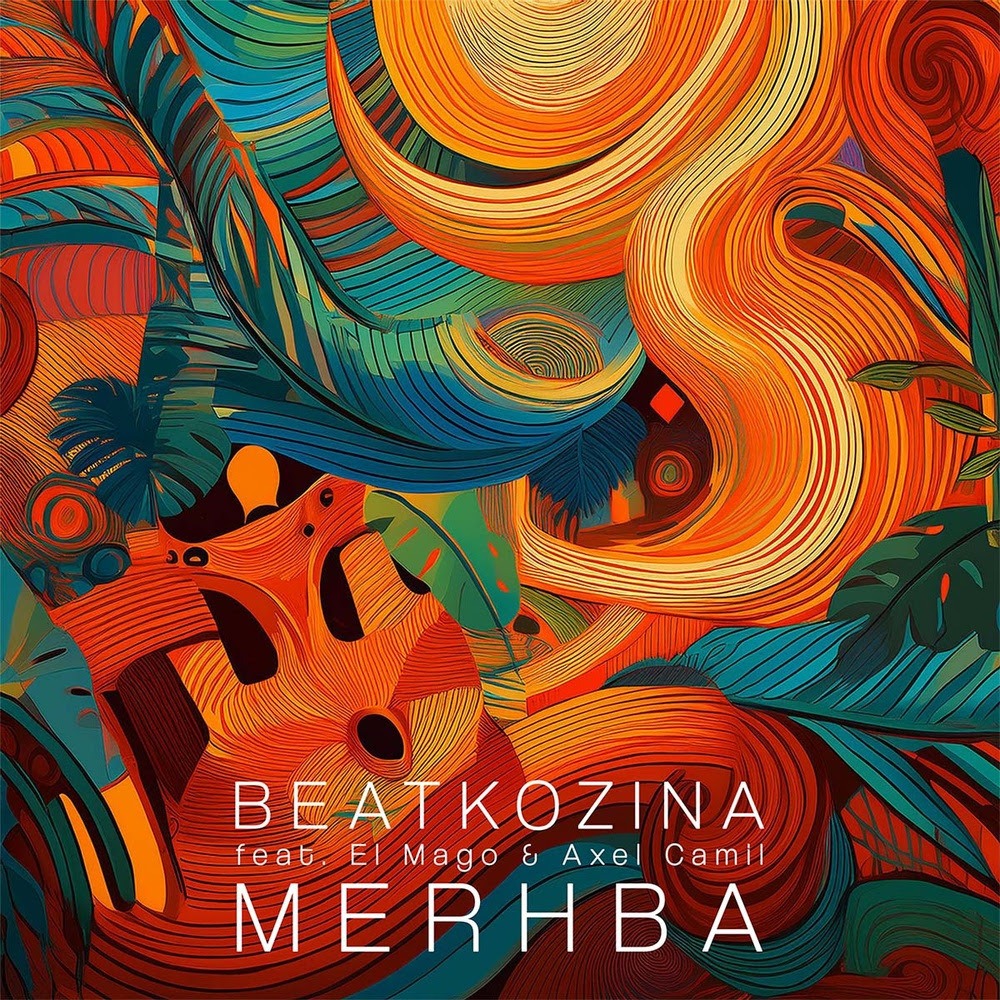
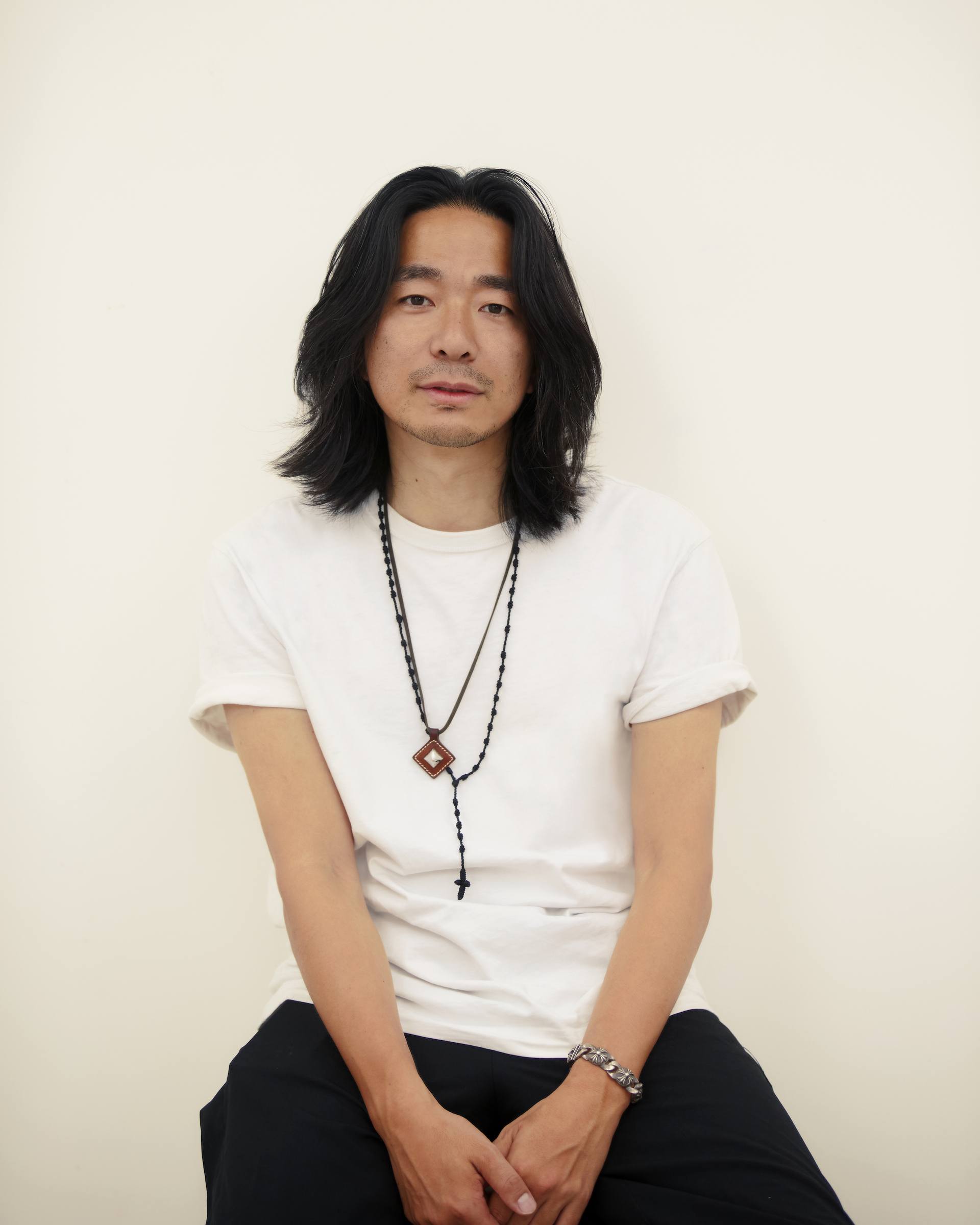
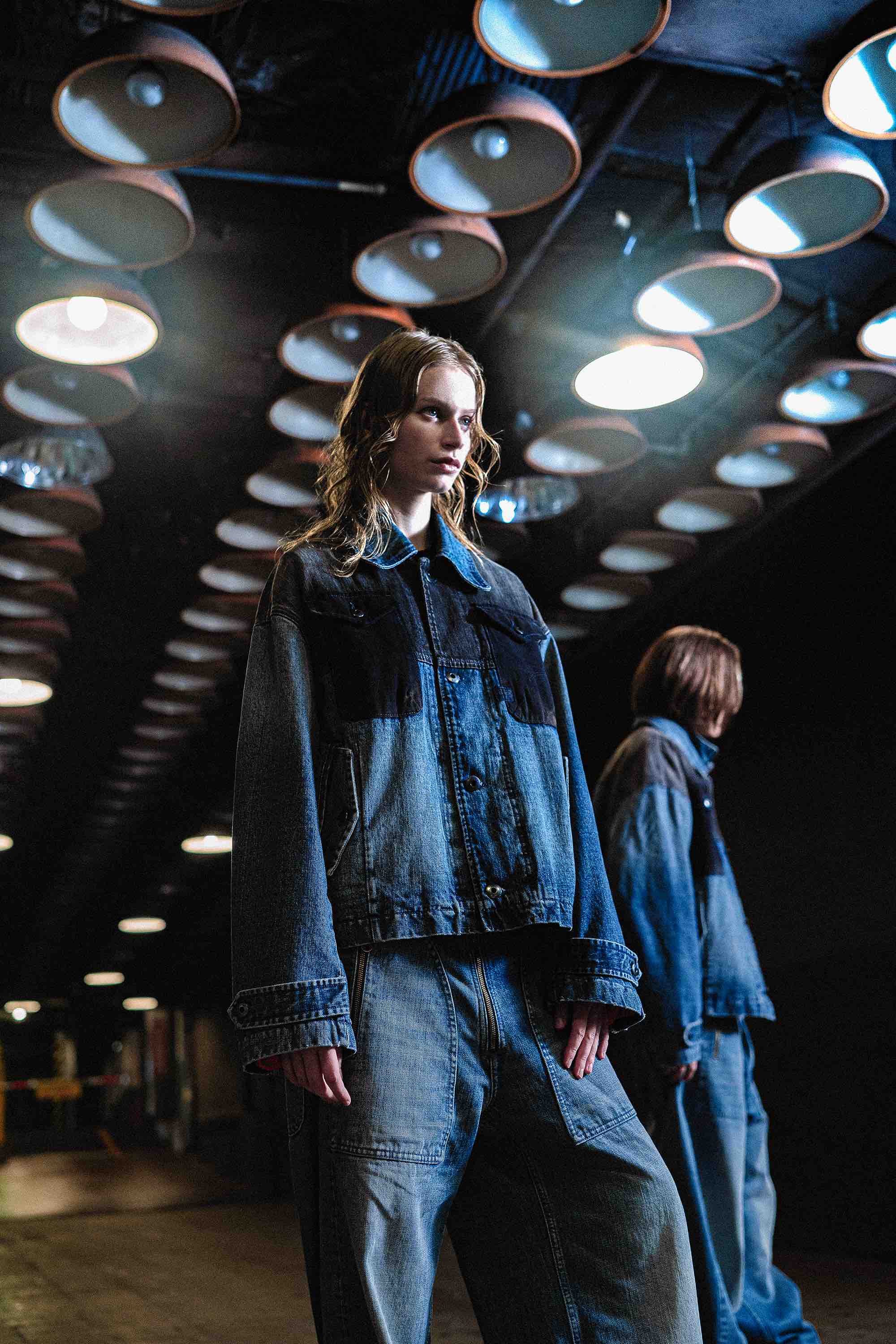
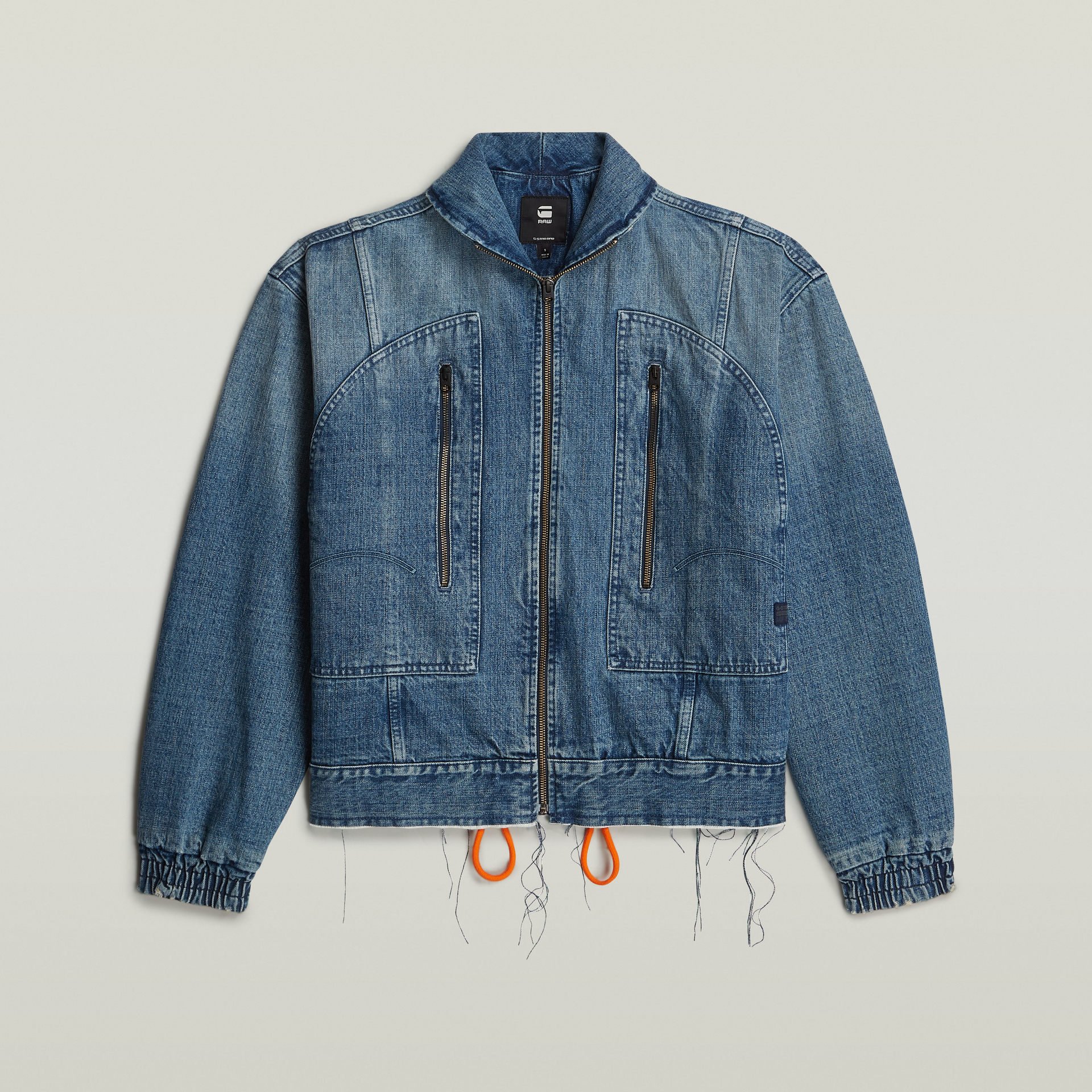

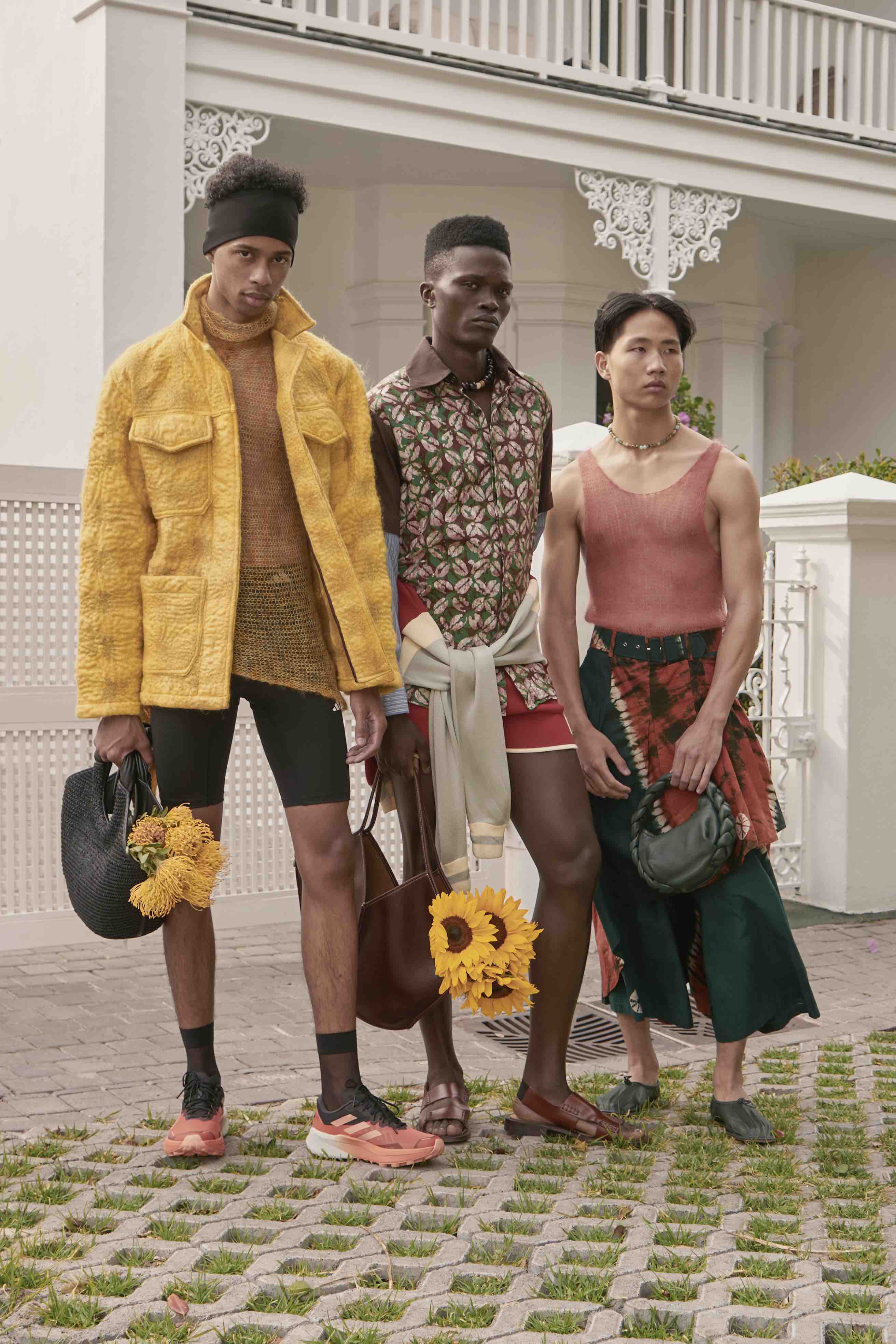
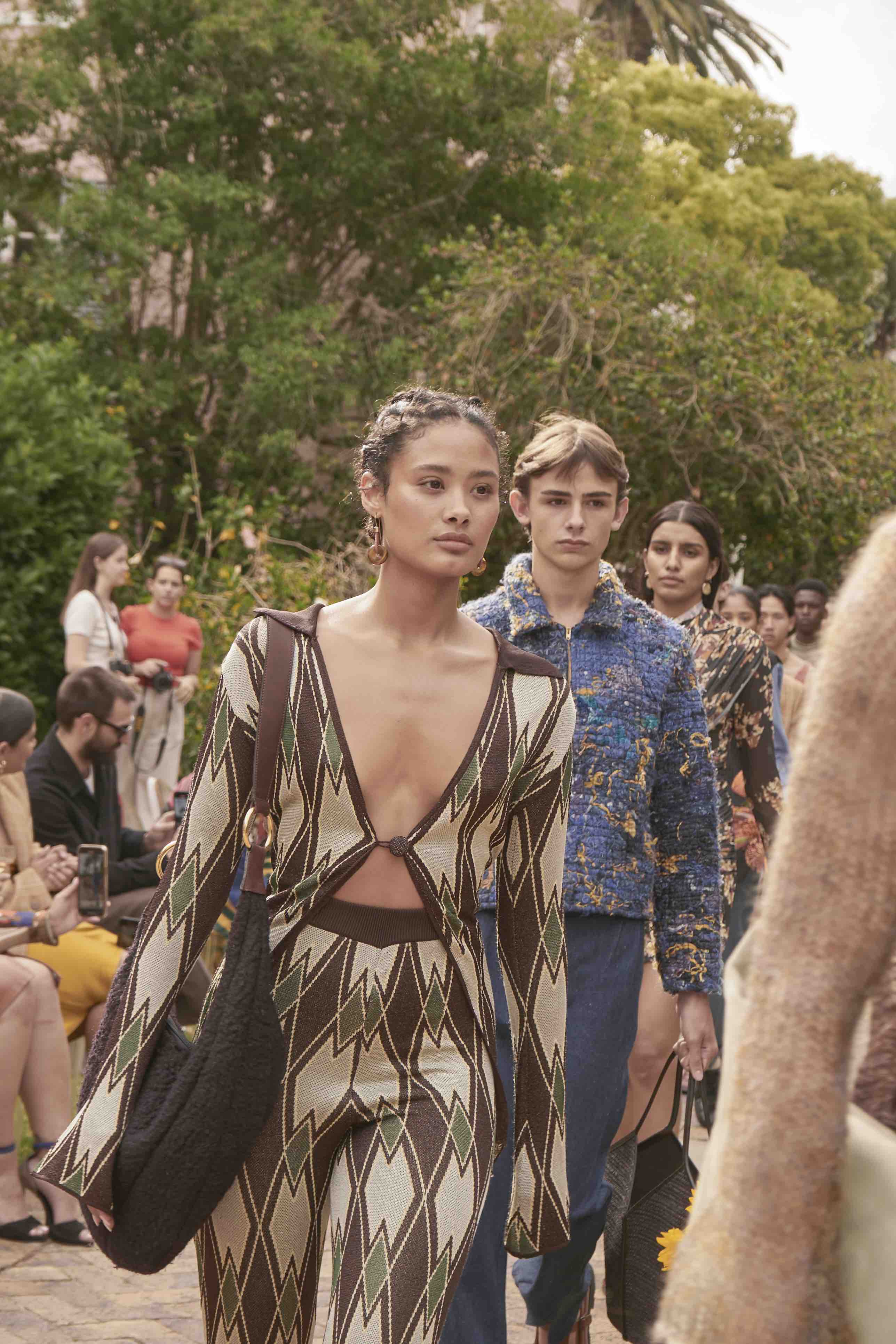


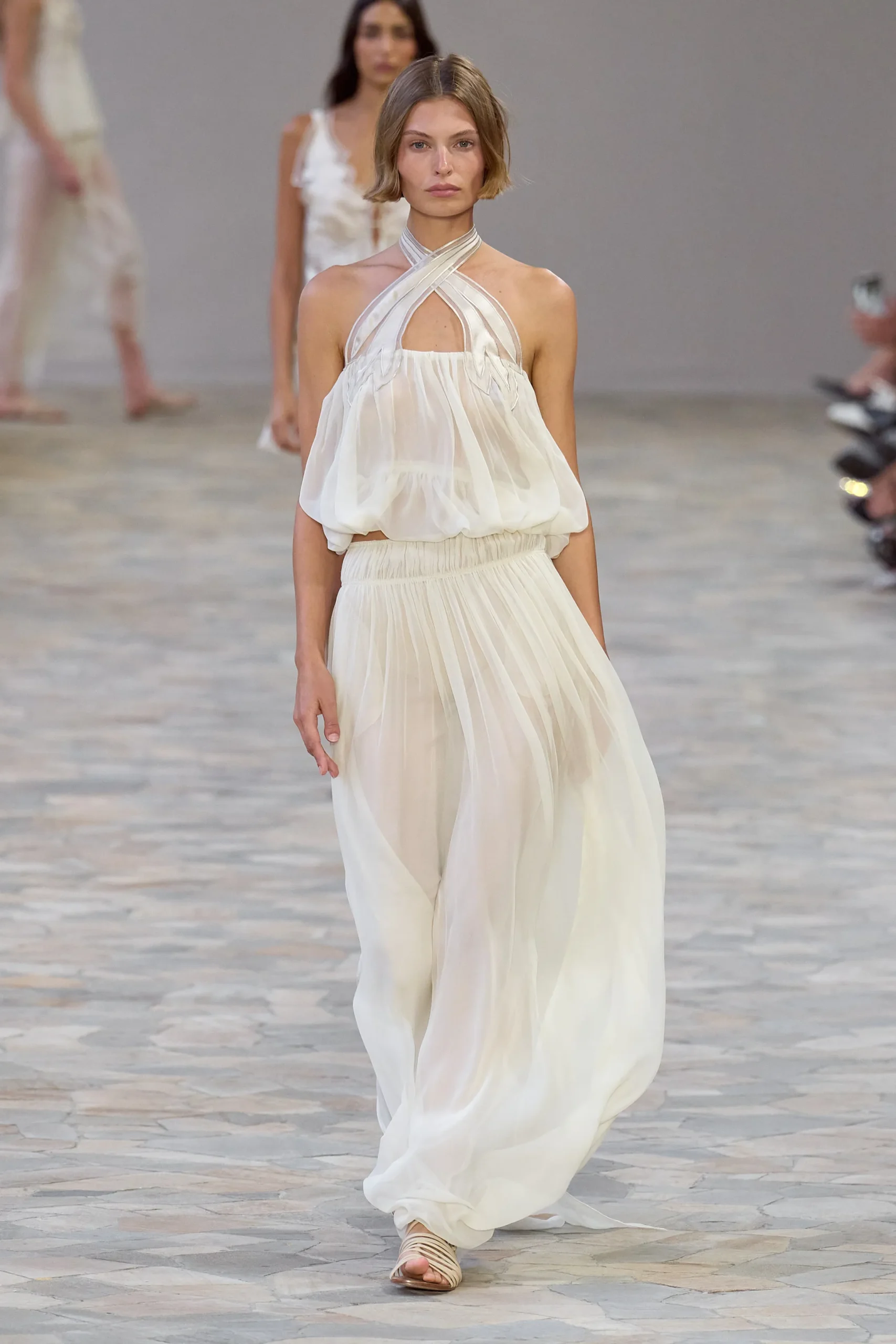
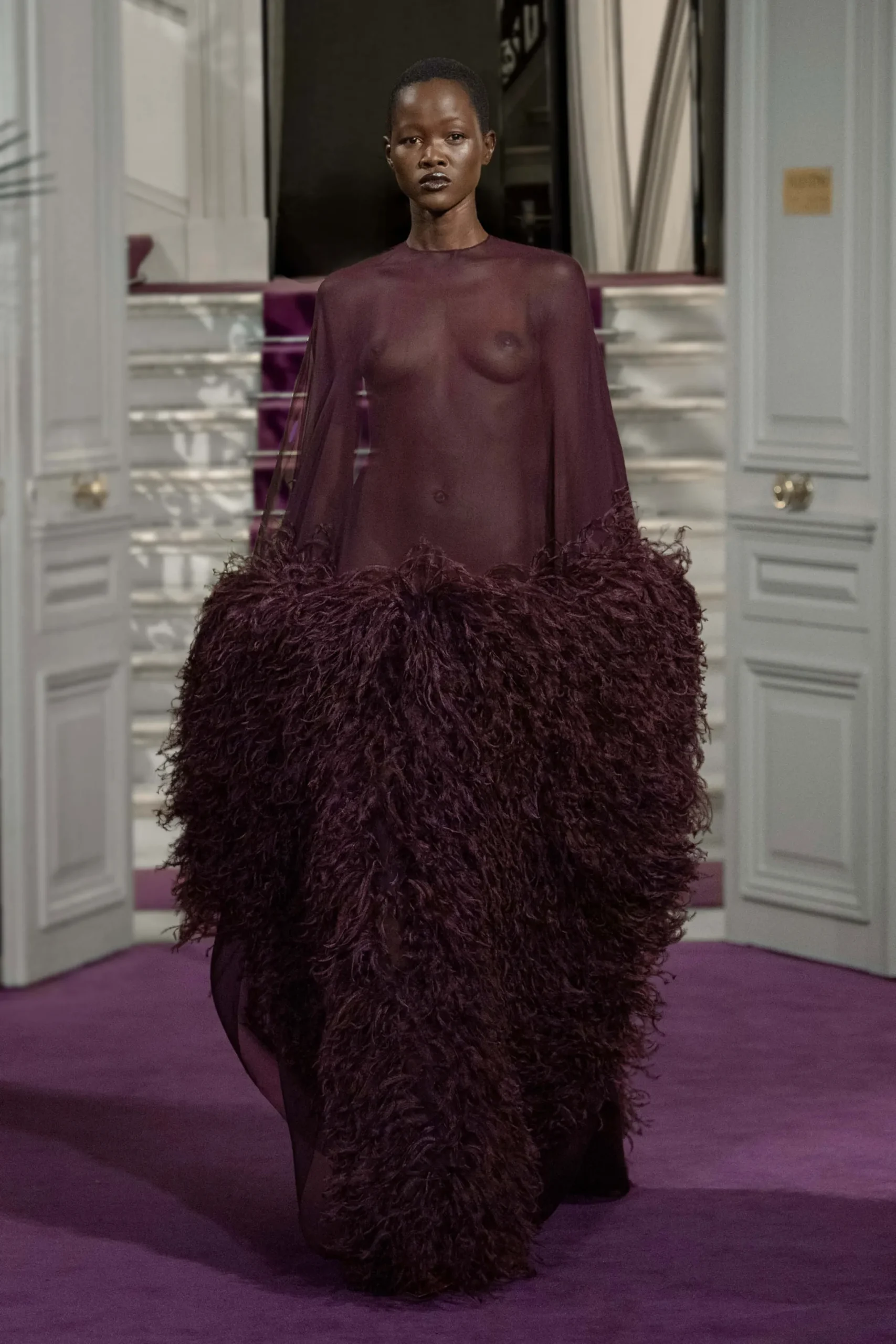
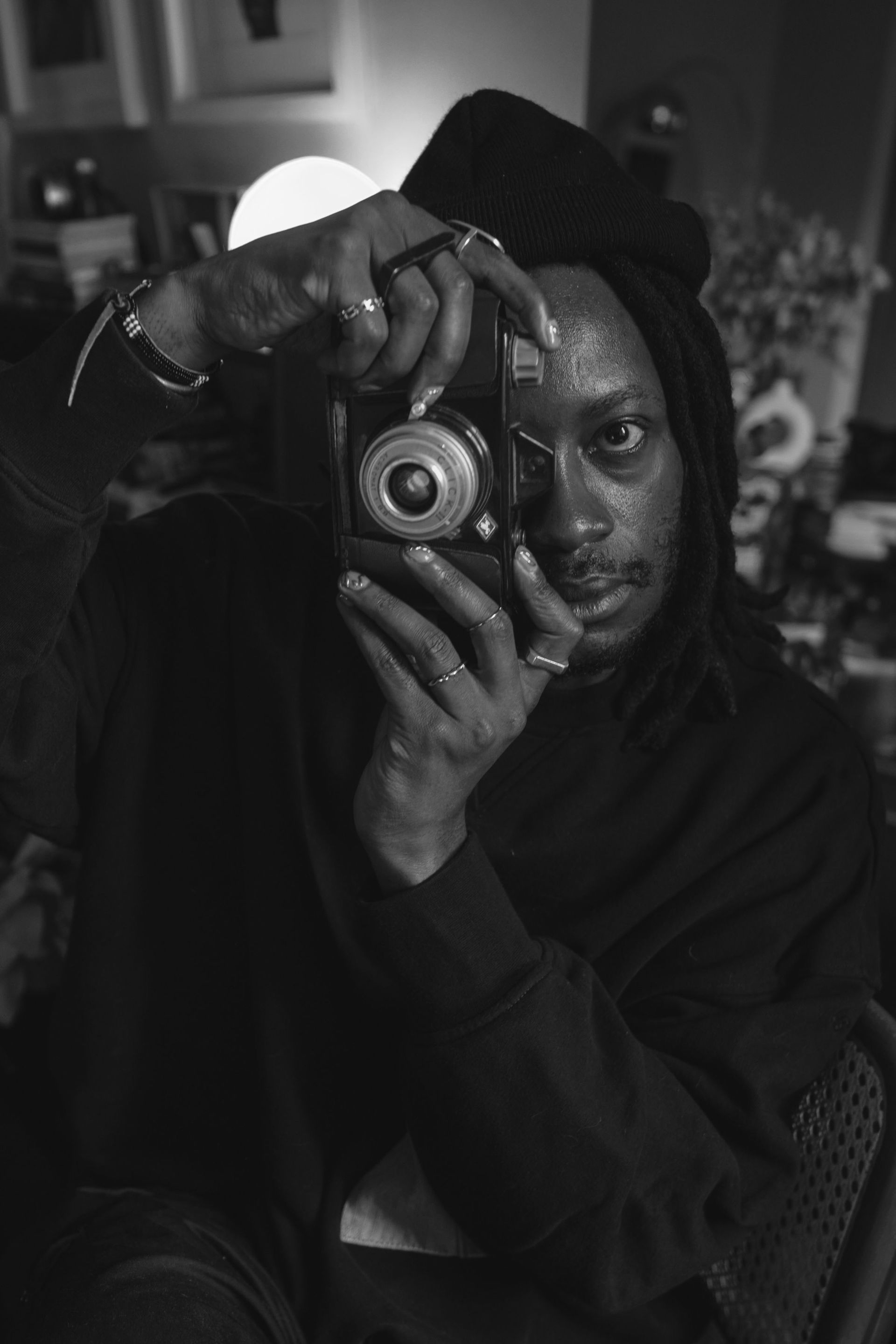
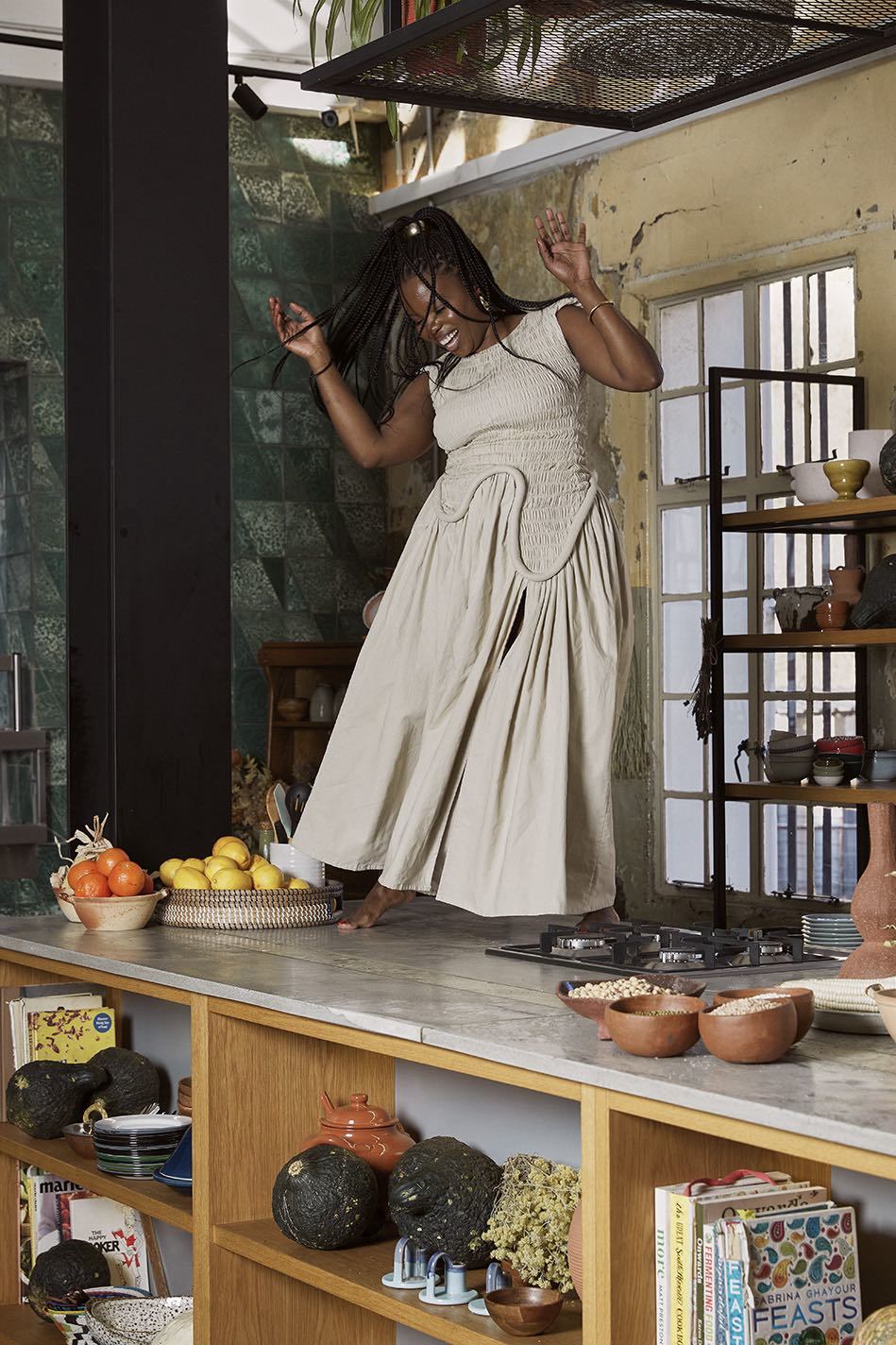
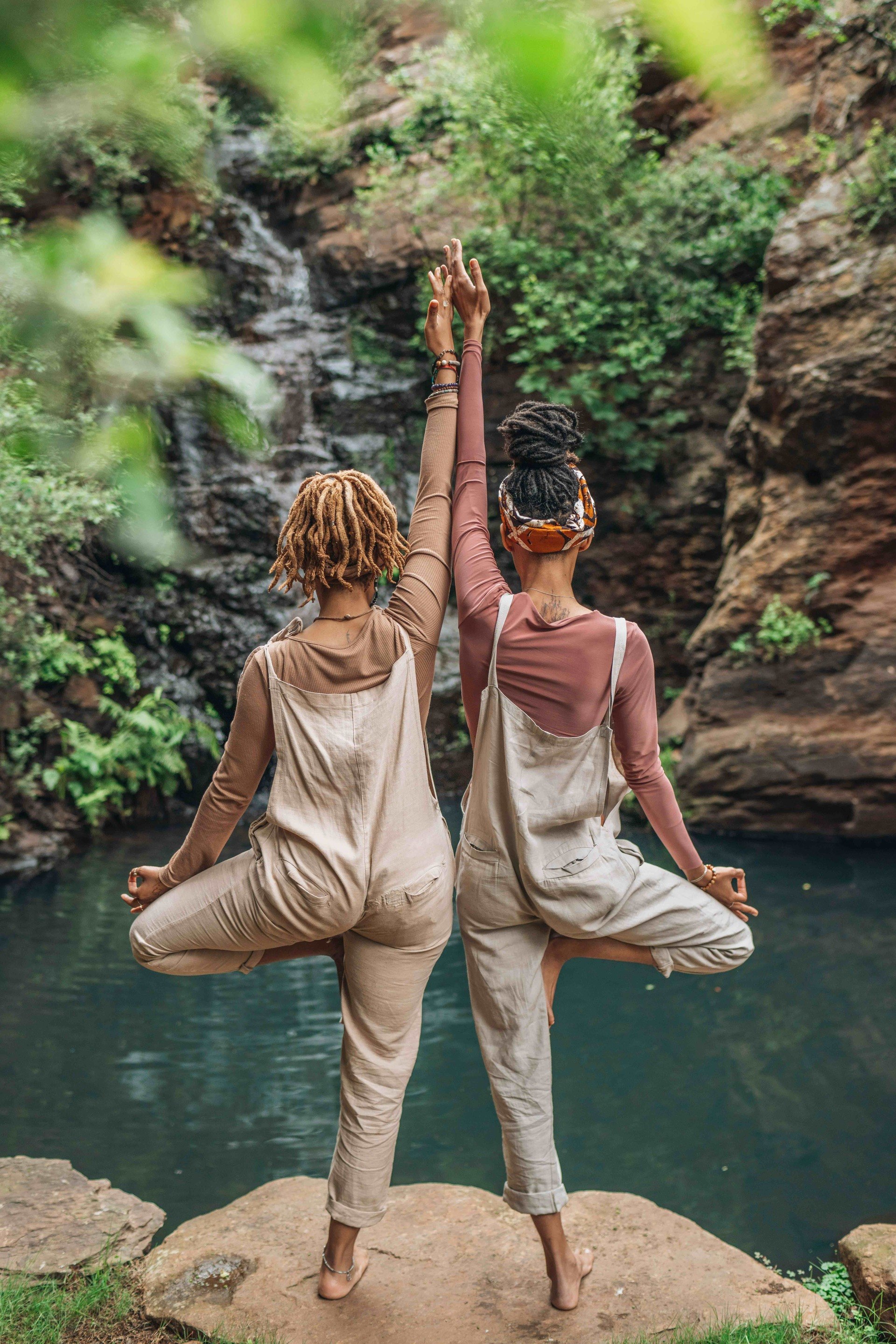
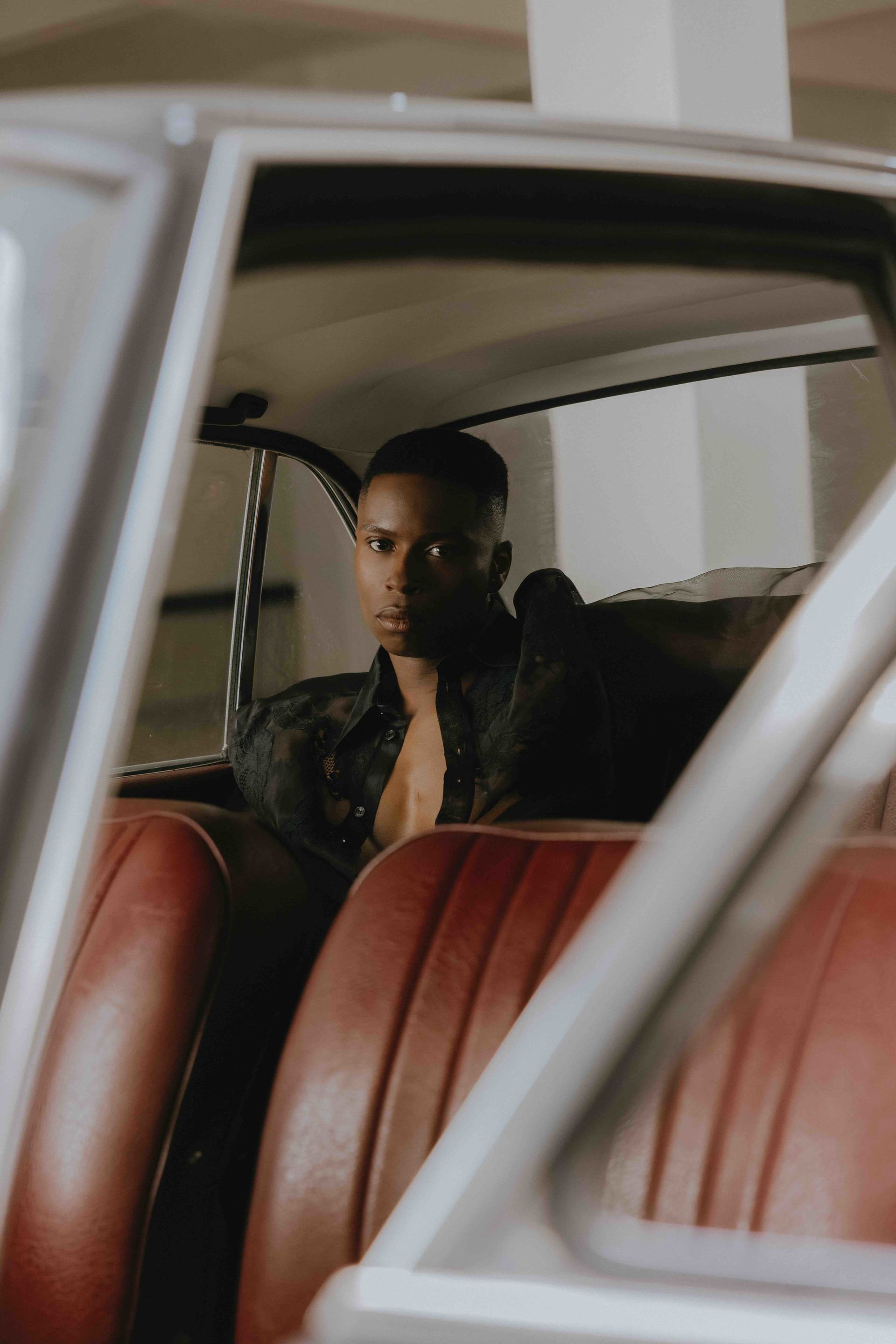
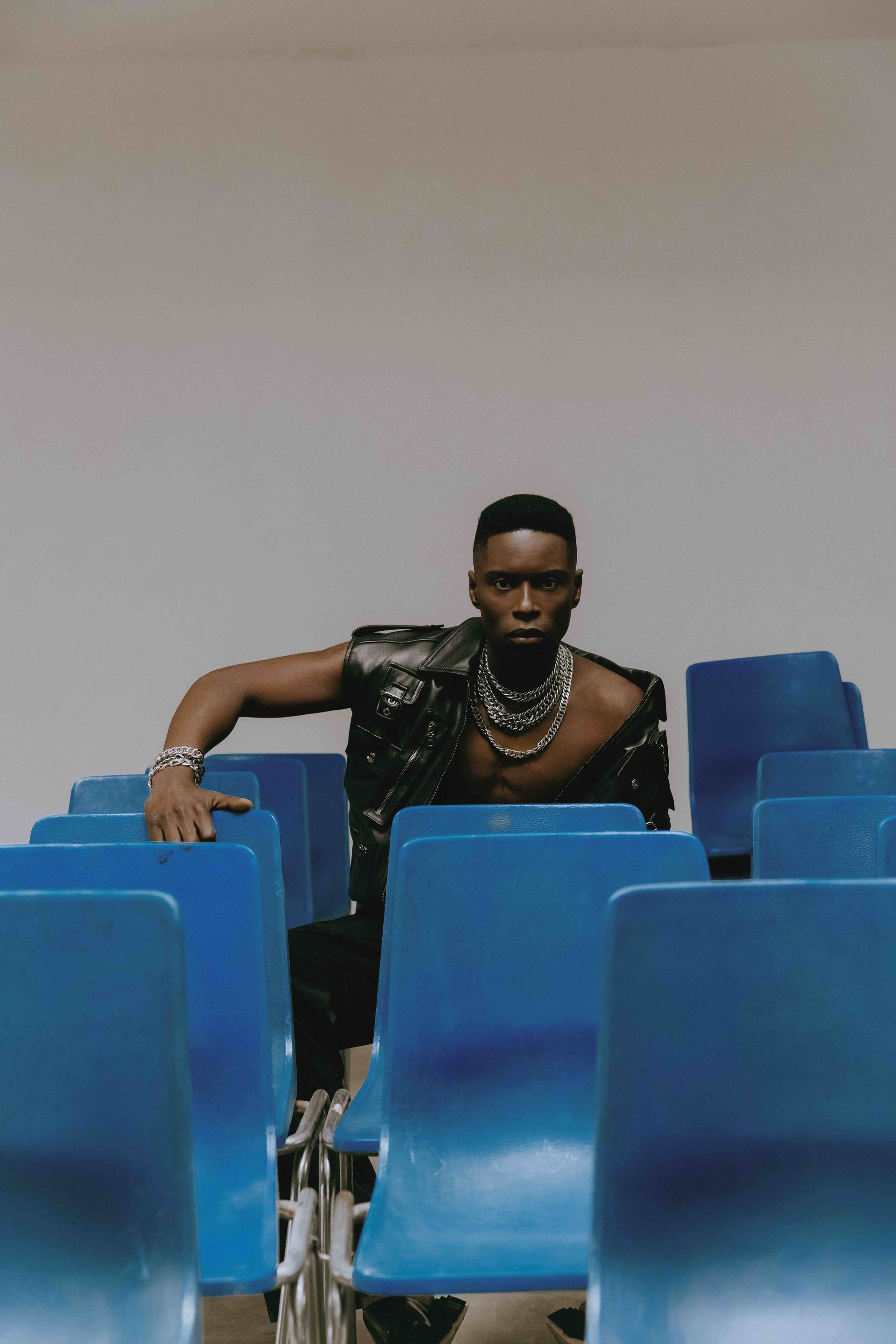
Recent Comments